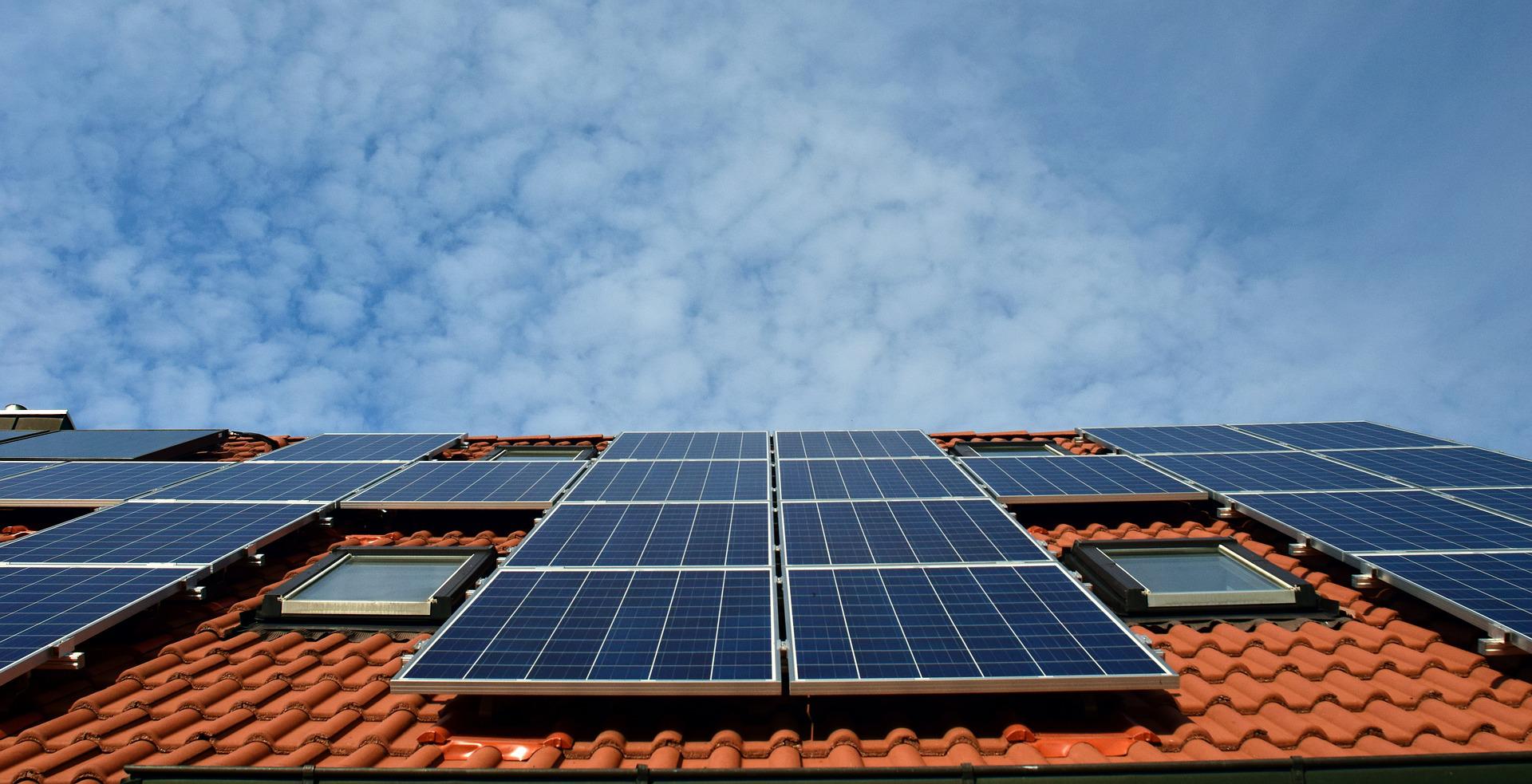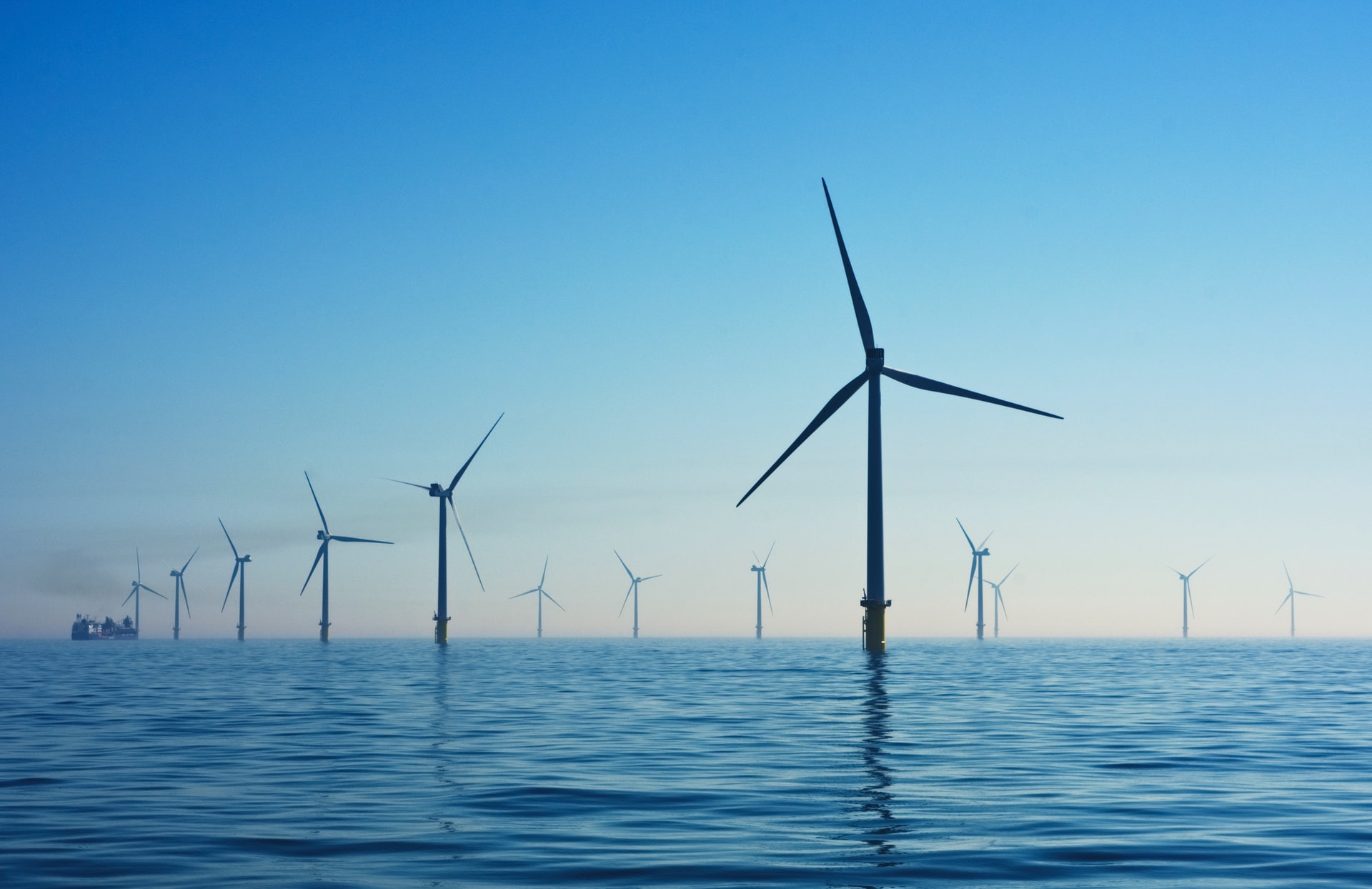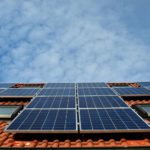All energy sources have a long-term impact on the environment. By most accounts, fossil fuels—coal, oil, and natural gas—do far more damage than renewable energy sources, including air and water deterioration, public health damage, wildlife, habitat loss, water use, land use, and global warming emissions.
Renewable energy sources, including air, solar, geothermal, biomass, and hydropower, on the other hand, have environmental consequences, some of which are major.
Environmental impacts vary in type and intensity based on the technology utilized, the geographic location, and a variety of other factors. Utility bidder provides insights into the impacts of renewable energy on the environment.
We can successfully avoid or limit these problems as renewable energy sources become a more prominent component of our electric supply by recognizing each renewable energy source’s existing and potential environmental issues.
Solar Energy
The sun is a fantastic resource for creating clean, long-lasting electricity. Solar panels harness the sun’s rays to produce electricity, and this power can be used to run homes, businesses, and even entire cities. Solar energy is environmentally friendly, but it also has the potential to provide a sustainable source of power for generations to come. Land usage and habitat loss, water use, and hazardous materials in manufacturing are all examples of environmental impacts associated with solar power.
Though the impacts vary significantly depending on the type of the system and the technological advancement—photovoltaic (PV) solar cells or concentrating solar thermal plants (CSP).
Wind Power
Wind energy is one of the cleanest and most sustainable forms of energy generation because it produces no hazardous pollution or greenhouse gas emissions. The wind is also abundant, inexhaustible, and affordable, making it a viable and large-scale fossil fuel alternative.
Despite its enormous potential, wind power generation has a number of environmental consequences that must be understood and avoided. Land use issues and threats to wildlife and habitat are among them.
Forests have to be razed down to create a windmill farm. Moreover, the windmill farms also take a higher toll on the farmers’ community, depriving them of their farming land.
Geothermal Energy
The most common variant of geothermal power plants (known as hydrothermal plants) is found near geologic “hot spots,” which are areas where hot molten rock lies close to the earth’s crust and creates hot water.
In some areas, improved geothermal systems (also known as hot dry rock geothermal) can provide greater access to geothermal energy by drilling into the earth’s surface to reach deeper geothermal resources.
The method used to convert the resource to electricity (direct steam, flash, or binary) and the type of cooling equipment used by geothermal facilities also varies (water-cooled and air-cooled). Depending on the conversion and cooling technique employed, the environmental impact varies.
Hydroelectric Power
Both large hydroelectric dams and tiny run-of-the-river facilities are used to generate electricity. Many large-scale hydroelectric dams are still being built throughout the world (particularly in China and Brazil). Still, new facilities will not be added to the existing US fleet in the near future.
Instead, expanded capacity at existing dams and new run-of-the-river projects are anticipated to be the future of hydroelectric electricity in the United Kingdom. Both sorts of plants have environmental consequences.















